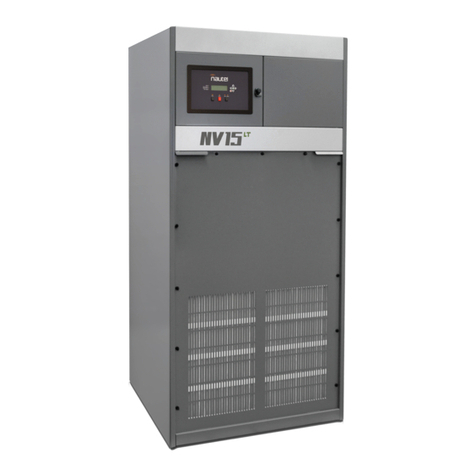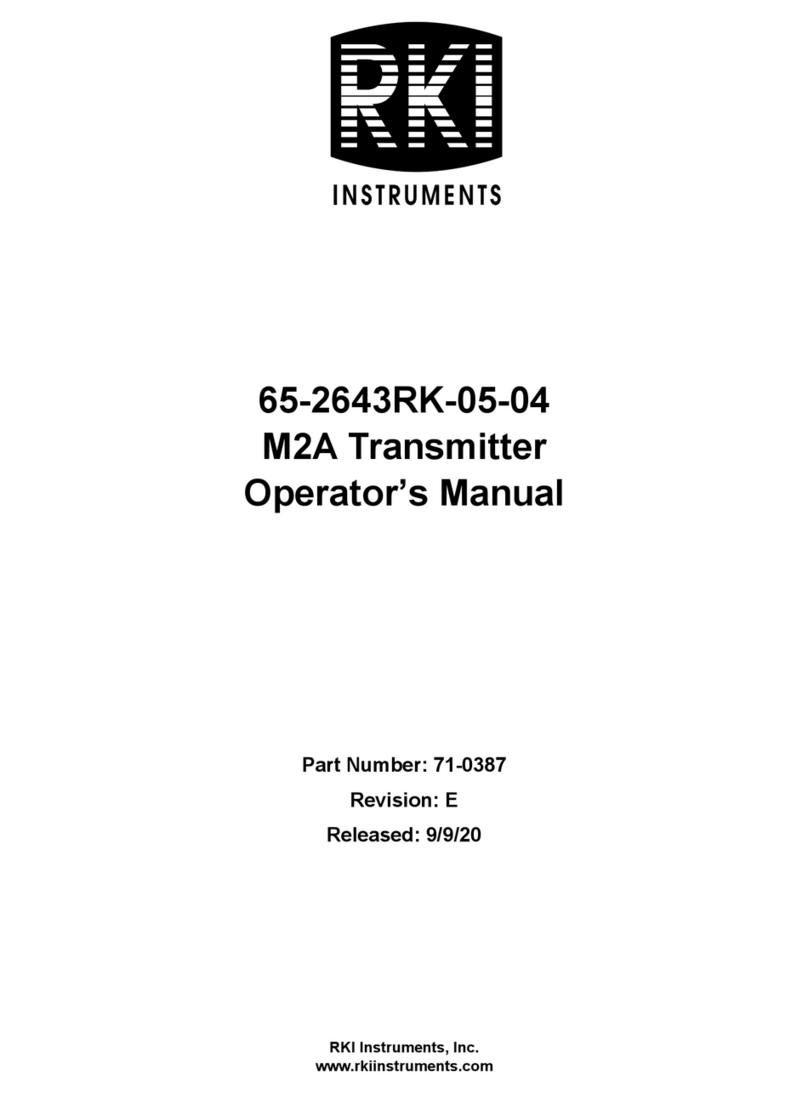Nautel NX100 User manual
Other Nautel Transmitter manuals
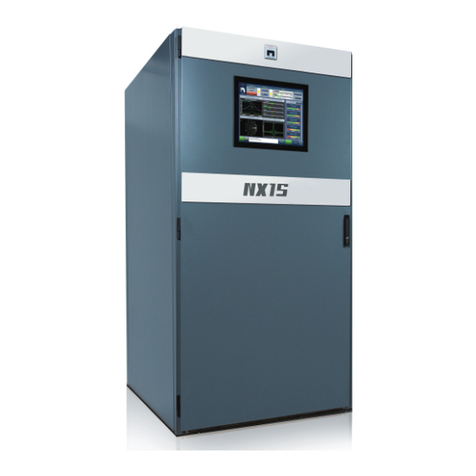
Nautel
Nautel NX15 Programming manual
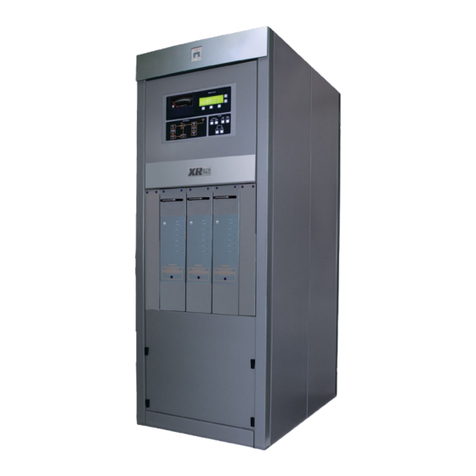
Nautel
Nautel XR12 Programming manual

Nautel
Nautel ND500II Manual

Nautel
Nautel ND500II Manual
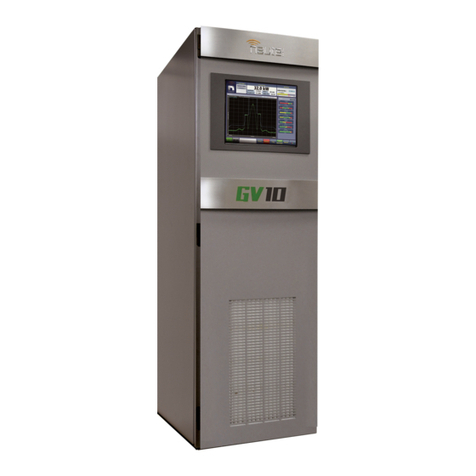
Nautel
Nautel GV10 Programming manual
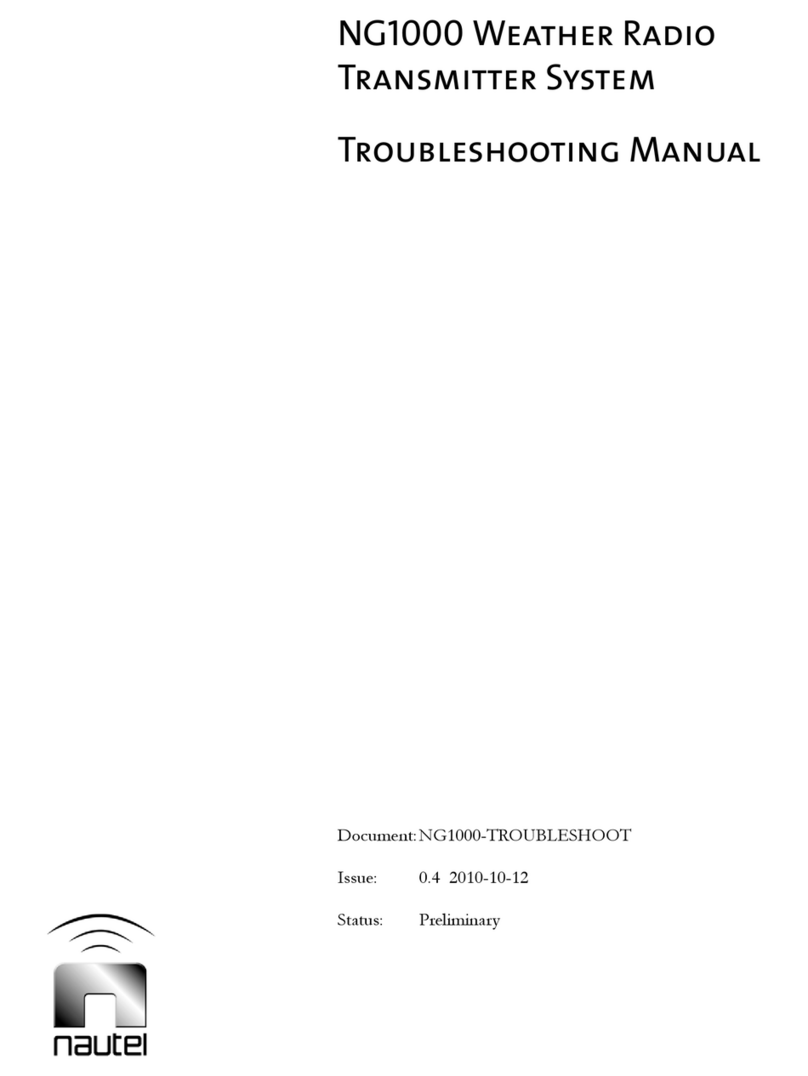
Nautel
Nautel NG1000 Programming manual

Nautel
Nautel XR12 User manual

Nautel
Nautel NX50 User manual
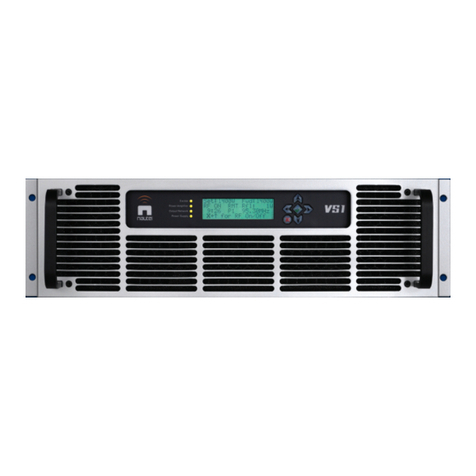
Nautel
Nautel VS300 User manual
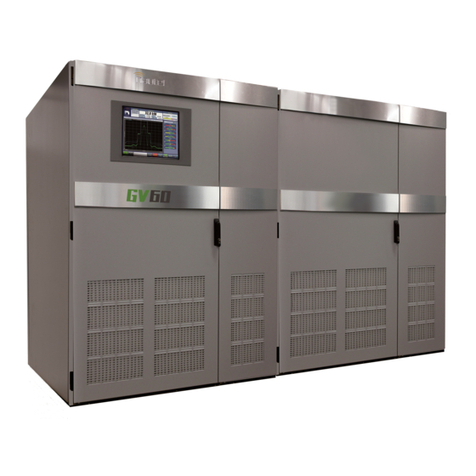
Nautel
Nautel GV60 Programming manual
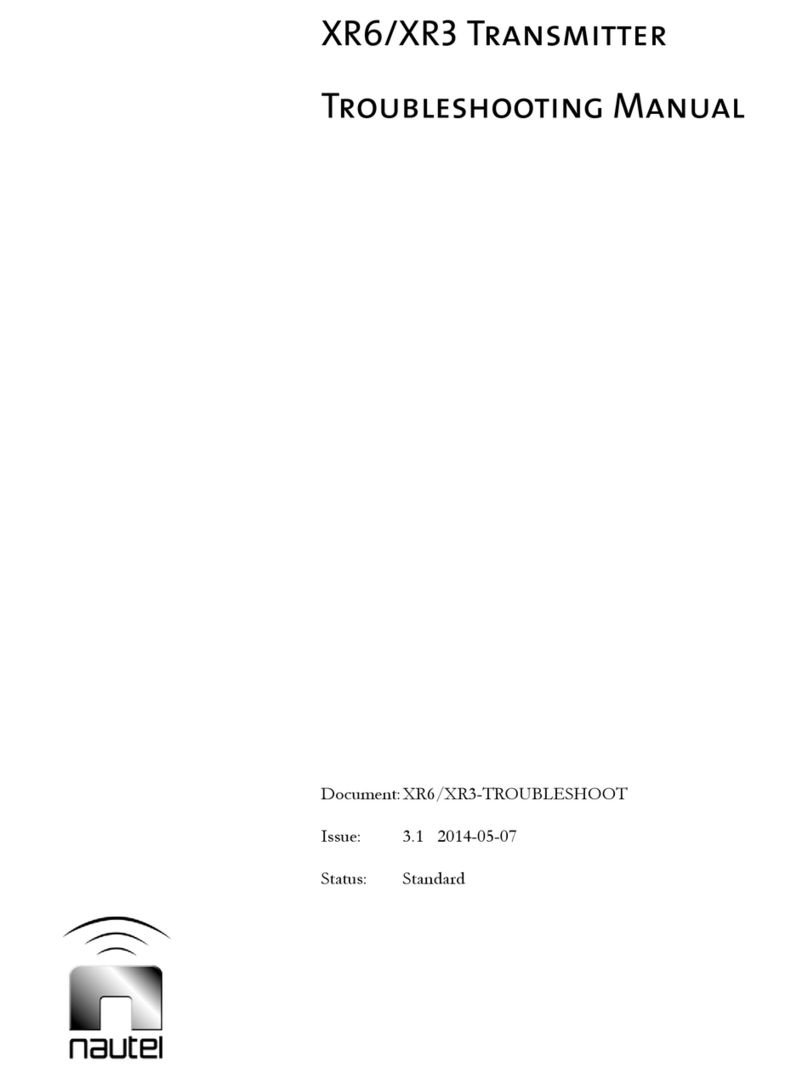
Nautel
Nautel XR6 Programming manual

Nautel
Nautel GV10 User manual
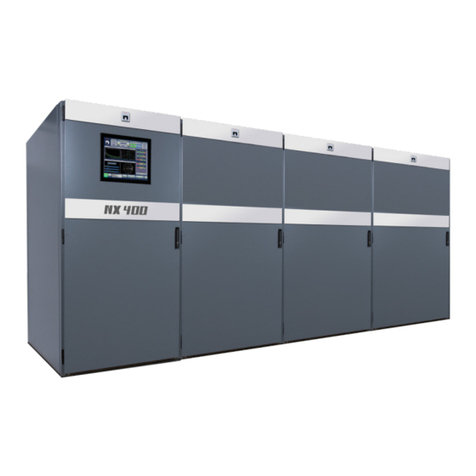
Nautel
Nautel NX400 User manual
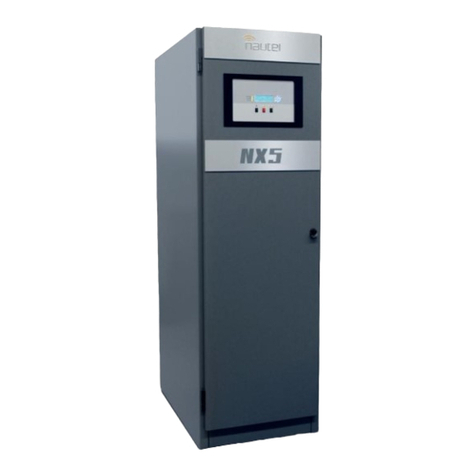
Nautel
Nautel NX5 User manual
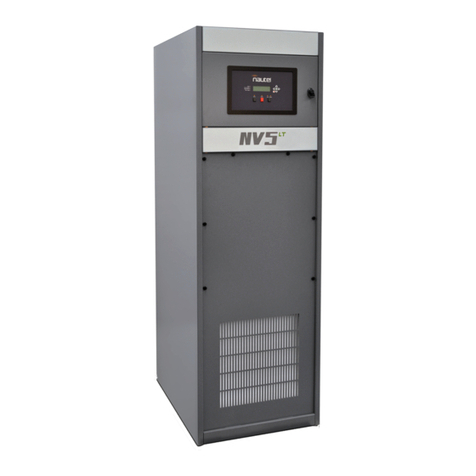
Nautel
Nautel NV5LT Programming manual

Nautel
Nautel NV7.5 User manual
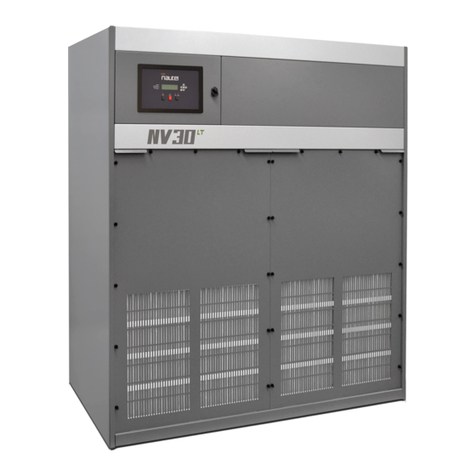
Nautel
Nautel NV40 Programming manual
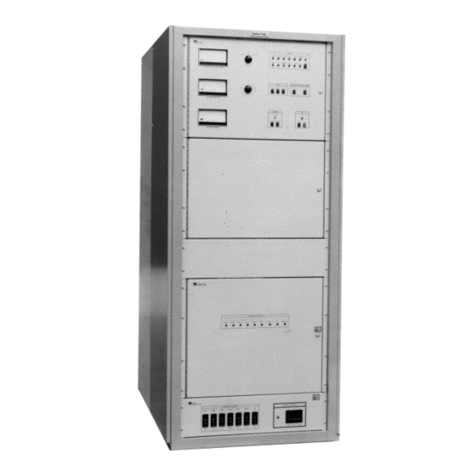
Nautel
Nautel FM10 Owner's manual

Nautel
Nautel VS300 User manual

Nautel
Nautel NX50 User manual
Popular Transmitter manuals by other brands

Inovonics
Inovonics EchoStream EN1210W installation instructions

IKONNIK
IKONNIK KA-6 quick start guide

Rohde & Schwarz
Rohde & Schwarz SR8000 Series System manual

Audio Technica
Audio Technica UniPak ATW-T93 Installation and operation

NIVELCO
NIVELCO EasyTREK SCA-300 Series Programming manual

Honeywell
Honeywell 5816WMBR installation instructions


